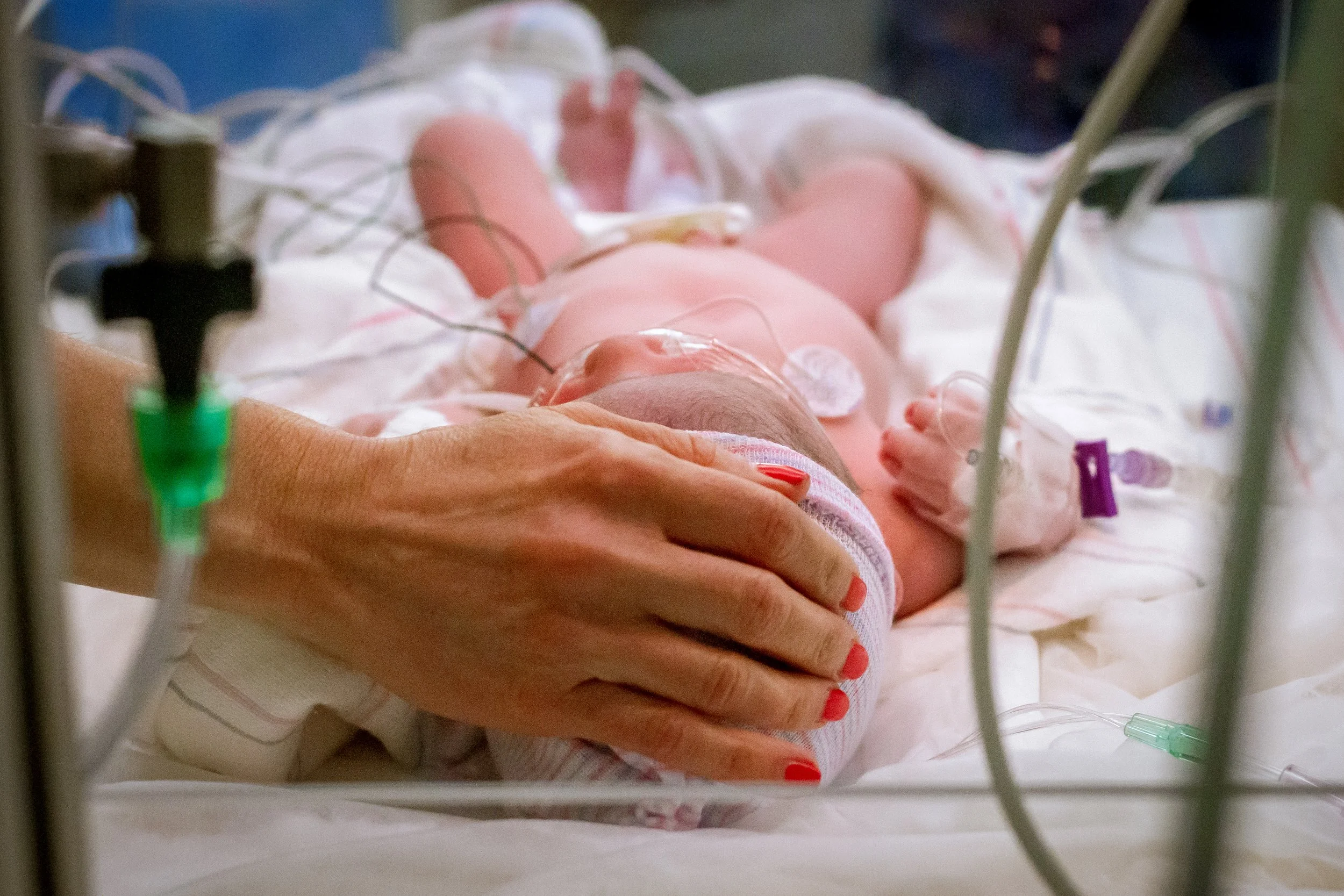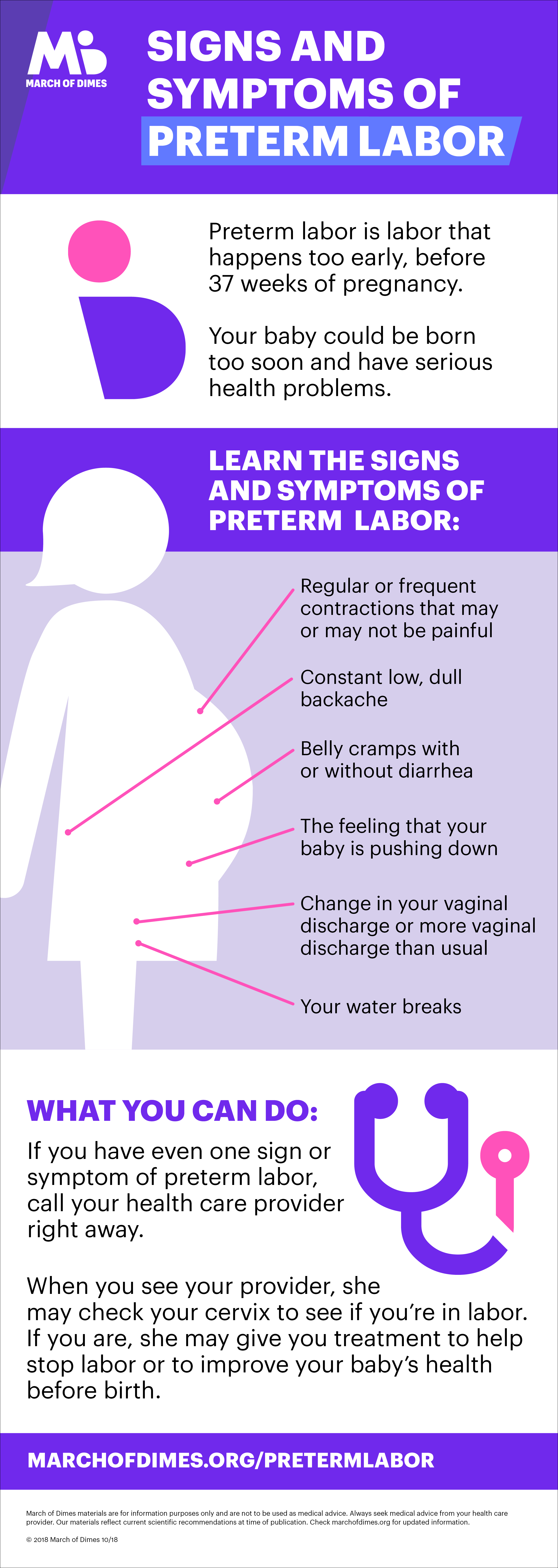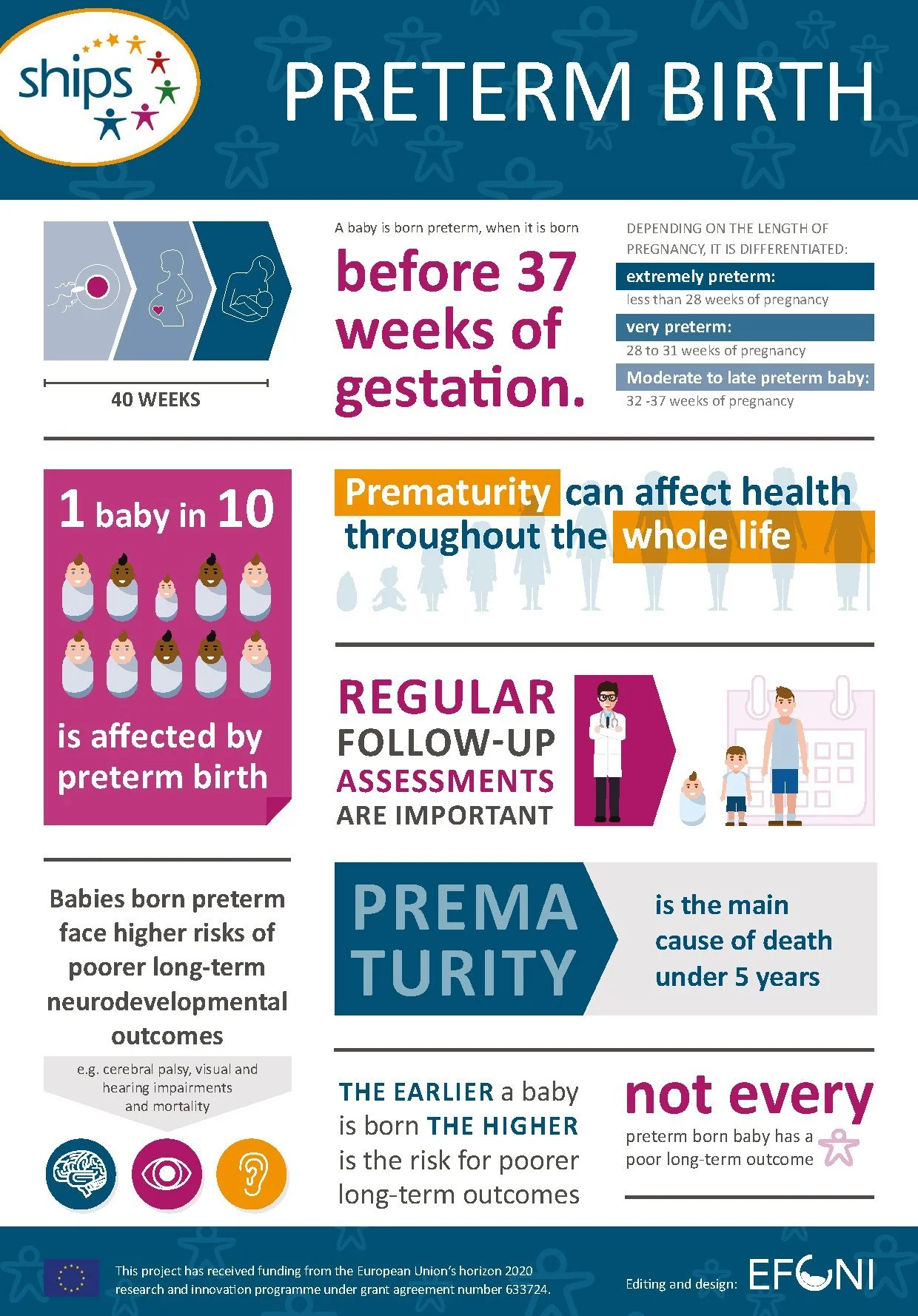preterm birth is the leading cause of infant mortality in the united states. babies born before 37 weeks of gestation are also at increased risk of neurological and developmental delays.
(king et al., 2019)
What is the leading cause of preterm birth? Preterm labor, of course! Okay, that isn’t the actual leading cause of preterm birth, but without preterm labor, there won’t be a resulting birth in most cases. Not all preterm labor results in preterm birth which is why understanding the signs, symptoms, and when to call your midwife is incredibly important. In most cases, if labor can be stopped, most people have a good chance of making it to term.
First, let’s define what is considered preterm labor and birth. Preterm birth is defined as birth after 20 weeks of gestation and prior to 37 weeks of gestation.
Who is most at risk for preterm labor and birth?
Those with prior history of preterm birth
Those with a history of cervical surgery
Those with uterine anomalies
Those under 17 and greater than 35
Those who are working long hours and involved in hard physical labor
Those who had to use fertility assistance to conceive
Those pregnant with more than one baby
Those with hypertension, diabetes, thyroid disease, or asthma
Those with reoccurring or untreated urinary or genital tract infections
Those with untreated periodontal disease
Those who develop a viral or intrauterine infection
(Jordan et al., 2019)
unfortunately, some of these factors can not be changed, but they can be taken into consideration in order to implement good daily practices to minimize the risk of preterm labor and birth.
Caring for your body during pregnancy is the number one way we can reduce the risk of preterm birth for ALL pregnant people, regardless of risk factors. Proper nutrition, hydration, regular cleanings with the dentist, and attending all your prenatal appointments with your care provider are some of the key ways you can protect yourself and your baby. However, despite our best efforts, sometimes your baby can decide on their birthday a little earlier than we would like. Knowing the signs and symptoms of preterm labor are incredibly important. The quicker you can be seen by your midwife, the more of a chance labor can be stopped so your baby can have an extra few weeks to grow on the inside!
Signs and Symptoms of Preterm Labor:
Bloody discharge or mucus may be an indication that something is going on with your body
Continuous lower back pain, especially pain that is different from your normal pregnancy discomforts
Frequent diarrhea in absence of other GI-related symptoms (vomiting, lethargy, inability to keep food/liquids down, etc.)
Cramping that feels like menstrual cramps, usually accompanied by contractions
Contractions that are felt low in your pelvis, and may wrap around to the lower back. These contractions will have a clear start and end and will feel different from what we call Braxton Hicks, which are often felt higher in the abdomen and have more of a “tight” feeling as opposed to being uncomfortable. Real labor contractions will continue and may increase in intensity, even with changes in movements, hydration, eating, and resting.
In some cases of preterm labor, your waters may release prior to the onset of labor (just like in full term labor). Rupture of your waters prior to labor is much more common with preterm birth. If your water actually did release, you will continue to leak fluid in steady streams. If you feel a gush, but do not continue to feel leaking fluid for some time after, it might have been watery discharge or urine that made up the gush.
Pressure in your butt and/or vagina that accompanies cramping and contractions
Nausea, hot flashes, vomiting that accompanies cramping and contractions
if you experience any of these signs or symptoms, you need to call your midwife immediately for evaluation!
Not only is preterm birth potentially risky for yourself and your baby, but your midwife also can not attend an out-of-hospital birth prior to 37 weeks. In most cases, the hospital is the safest place for both you and your baby in these situations, but an abrupt change in birth plan can be hard to swallow. For most instances of preterm birth, your midwife will accompany you to the hospital in a labor support role to help facilitate continuity of care between you and the hospital team.
Resources
March of Dimes - Preterm birth information & support
Center for Disease Control - Preterm Birth
Prematurity Prevention Initiative - Partnership for Child & Maternal Health NJ
Copyright www.marchofdimes.org/pretermlabor
References
Jordan, R. G., Farley, C. L., & Grace, K. T. (2019). Prenatal and postnatal care: A woman-centered approach. Wiley Blackwell.
King, T. L., Brucker, M. C., Jevitt, C., & Osborne, K. (2019). Varney's midwifery. Jones & Bartlett Learning.




